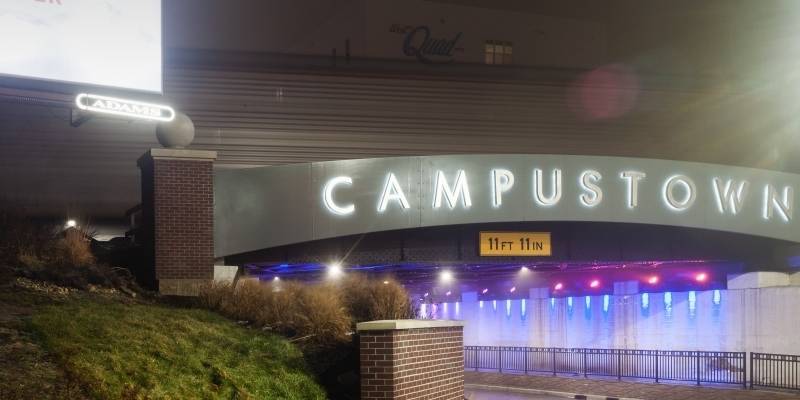The University of Illinois started its life as Illinois Industrial University in 1867, some twelve years after the founding of Champaign (called West Urbana until 1860) and 34 years after the founding of Urbana. Urbana and Champaign both had distinguishable downtown areas and defined neighborhoods, yet the new institution was situated between the two towns, straddling the border. This siting afforded the University a large swath of land, then situated in a “no man’s land” between the two cities. The twin cities subsequently developed outwards towards the campus at lower densities relative to their downtowns and by the 1920s, two neighborhoods of single-family homes interspersed with Greek housing and apartments had filled out in West Urbana and East Champaign.
This development pattern differentiated UI from many of its flagship university counterparts, like University of Wisconsin, University of Michigan, and Penn State, which usually were developed in, or adjacent to, their downtown areas. As a result, the respective downtowns of Champaign and Urbana developed separately from the university, not in tandem. As the University of Illinois grew, the demographics of nearby neighborhoods shifted — homes that once housed families were now being occupied by students. The land value was lower than more established communities throughout the 20th century, so the University condemned entire neighborhoods to construct facilities like Krannert Center for the Performing Arts and Illinois Street Residence Hall. Urbana quickly moved to preserve its West Urbana neighborhood and development shifted to the west of campus, as homes met the wrecking ball for new apartments or were hastily remodeled for commercial uses.
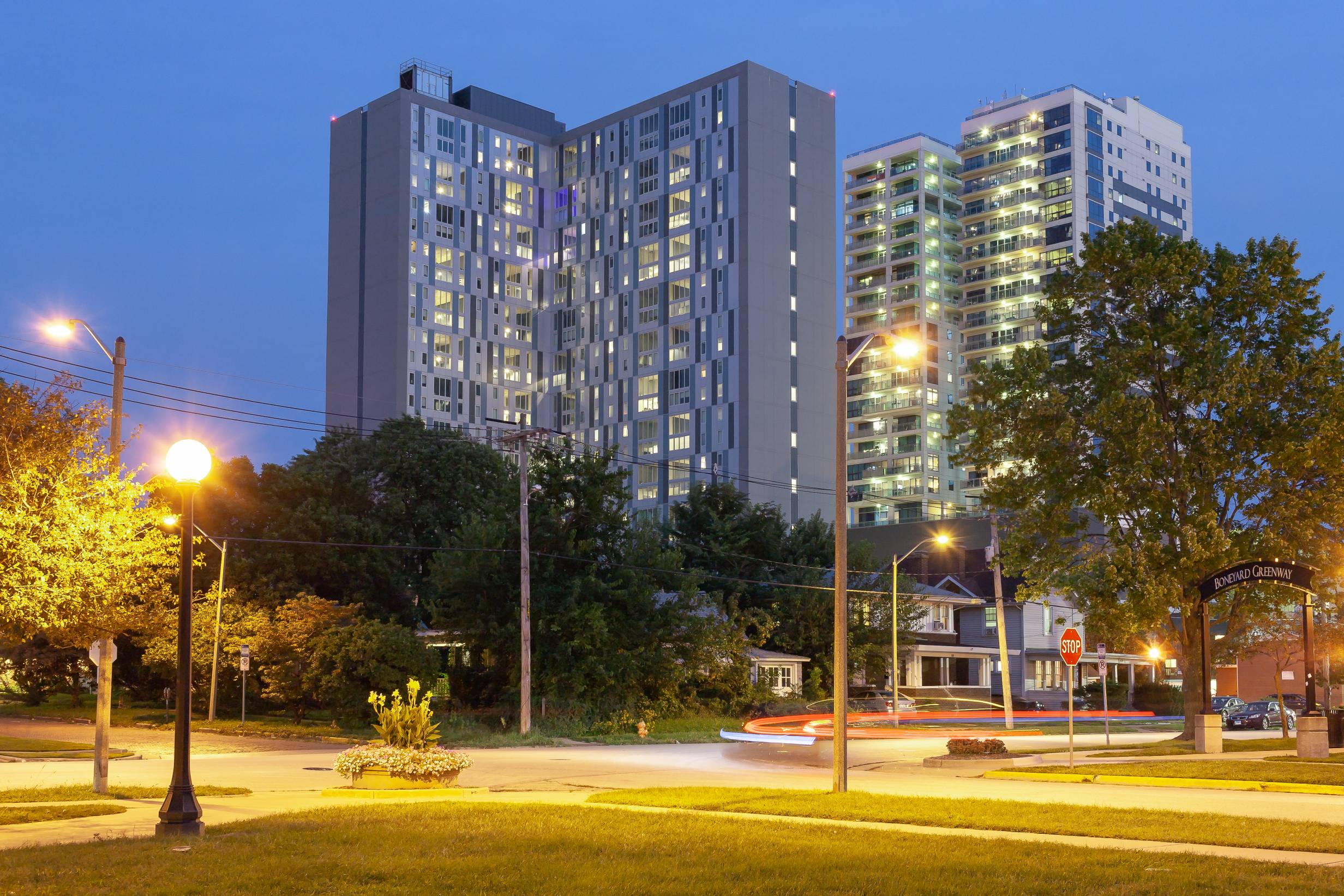
As development continues to expand Campustown vertically, the historic homes, which have been neglected for decades, are becoming a rare sight. Throughout this article, we will explore the changes in development that have helped almost completely shed its former traditional neighborhood composition.
Sixth and Green
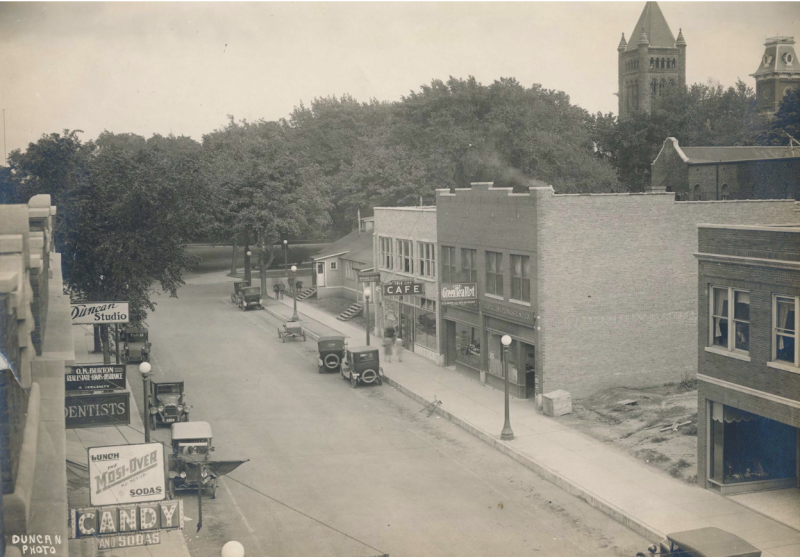 Photo: University of Illinois Archives
Photo: University of Illinois Archives
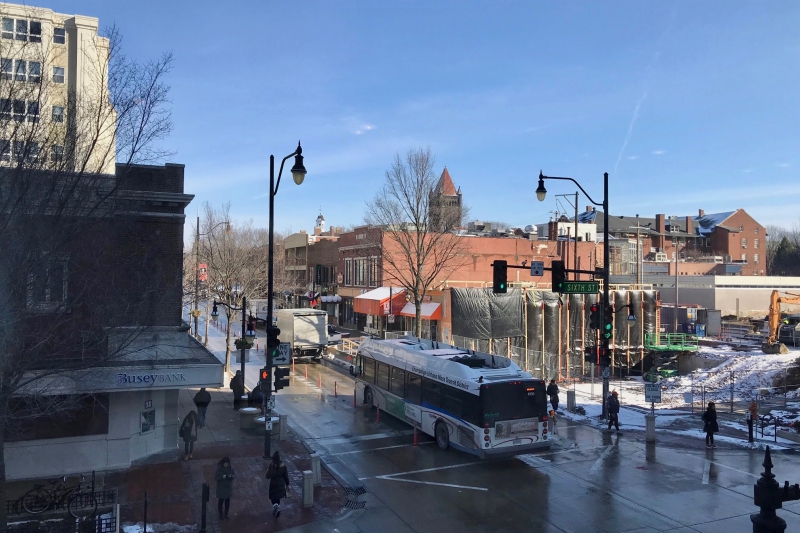 Photo: Brian O’Neill
Photo: Brian O’Neill
This 1922 view of Green Street from the northeast corner of Green and Sixth Street, atop the building containing Busey Bank and Murphy’s pub shows a vastly different Green Street. The Green Tea Pot was a former coffeeshop run by the Delta Gamma sorority, using the profits to finance a new home at Matthews and Nevada; today the building hosts Cracked and Teamoji. Almost all other buildings on Green Street (aside from the building from where the photo was taken) no longer exist. In the background, the Arcade Building, which now houses the University’s Career Center, is visible peeking out above the storefronts. The belltower of Altgeld Hall shoots through the tree line, and immediately to its right is the ornate University Hall, built in 1871, which was torn down in 1938 and replaced with the Illini Union.
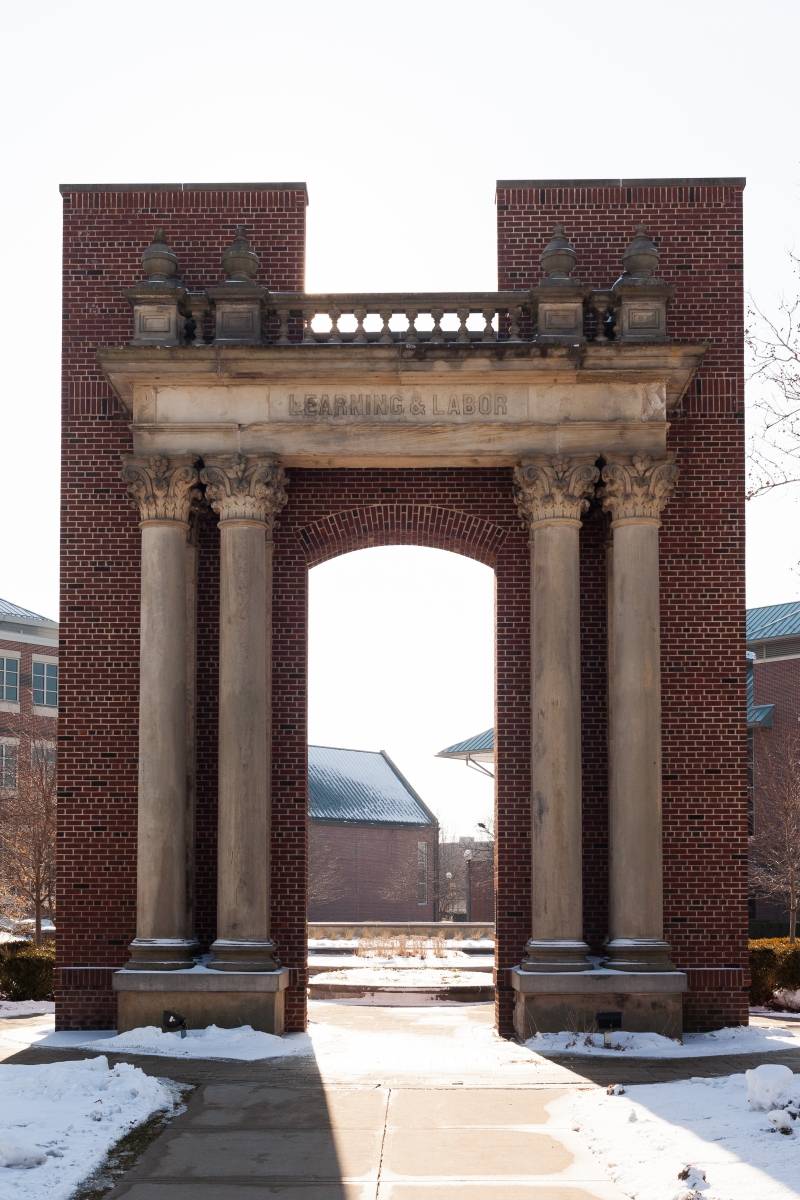 Photo: Brian O’Neill
Photo: Brian O’Neill
The only remnant the building today is the Hallene Gateway at Illinois and Lincoln, which features the reconstructed portal.
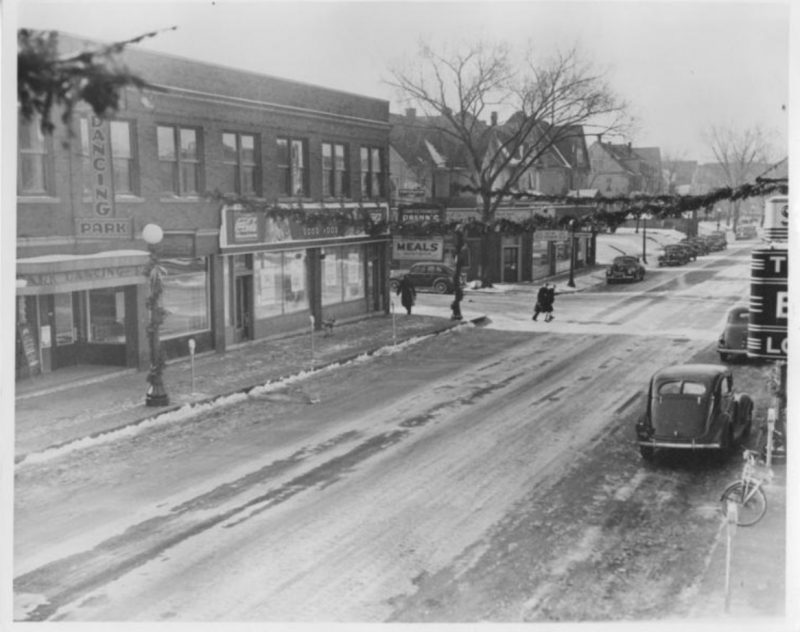 Photo: Urbana Free Library Archives
Photo: Urbana Free Library Archives
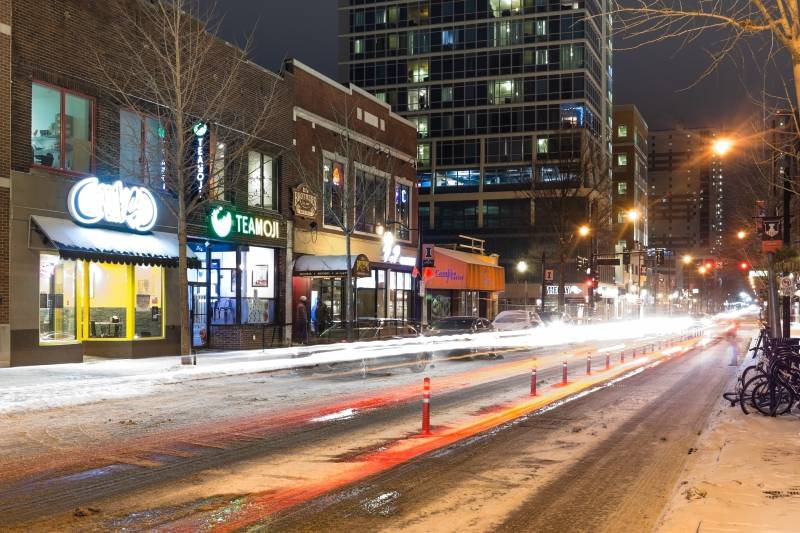 Photo: Brian O’Neill
Photo: Brian O’Neill
The intersection of Sixth and Green (looking southwest) in 1940 is unrecognizable when compared to the intersection today. The building to the left formerly housed Hometown Pantry and Jimmy Johns, was demolished for the construction of a new mixed-use development branded as The Hub.
Marquette School – Octave
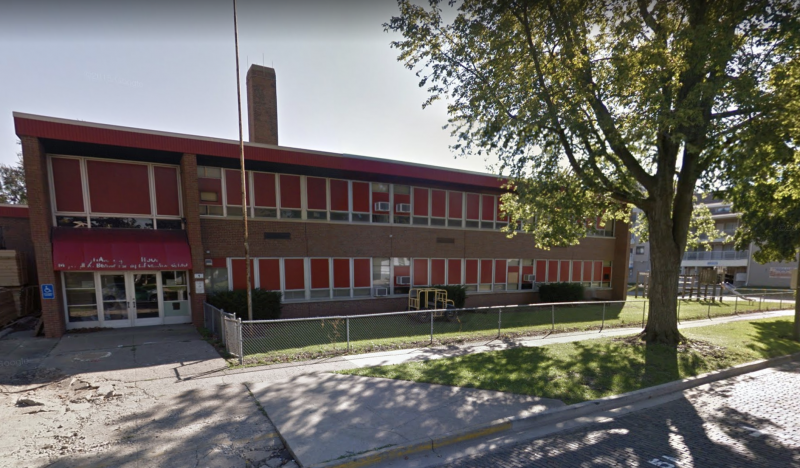
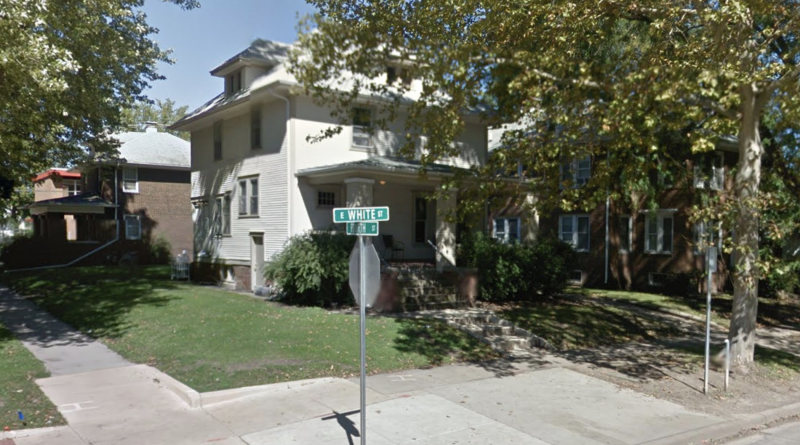
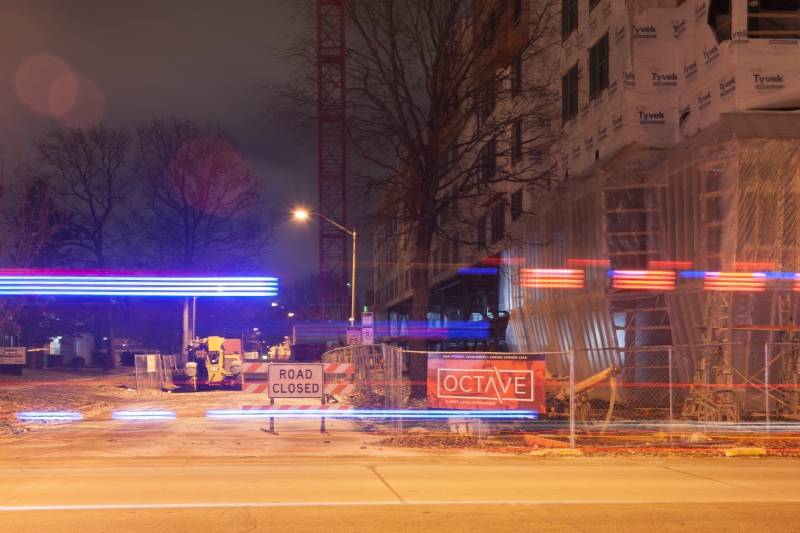 Photo: Brian O’Neill
Photo: Brian O’Neill
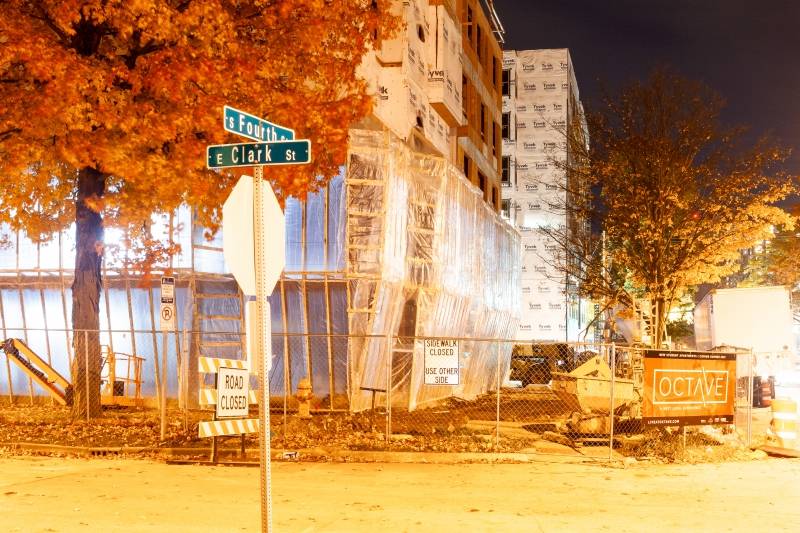 Photo: Brian O’Neill
Photo: Brian O’Neill
The corner of Clark and 4th in Campustown has been home to a school building since 1860. The original schoolhouse burned down ten years later, then it was replaced with another school house in 1871, burning down four month later. East Side High School then existed on the site until 1908. A subsequent reconstruction expanded the Marquette property in the 1910s. After 1900, the booming population necessitated the construction of the Colonel Wolfe School just down the block at Fourth and Healey, which still stands, albeit without a current, permanent use. The Marquette School was rebuilt in the 1960s, but shifting neighborhood demographics eventually demoted the property to an administrative center; after all, would you want your kids going to school in the middle of Campustown? The property was eventually unloaded by Unit 4, and by 2018 the construction of the massive Octave student apartment development was underway.
White Street’s transit corridor has played a role in the gradual expansion of Campustown. Four bus routes serve White Street, which has led to a boom of apartment construction north of what is traditionally considered Campustown; the University’s expansion of its engineering facilities has also made this area more sought-after for STEM students. Alongside the school property, four historic (albeit not well maintained) homes built between the 1890s and 1915 were demolished, further creating a departure from the former composition of the neighborhood.
Daniel/John Block (108 E. Daniel, 111 E. John, 803 S. Second)
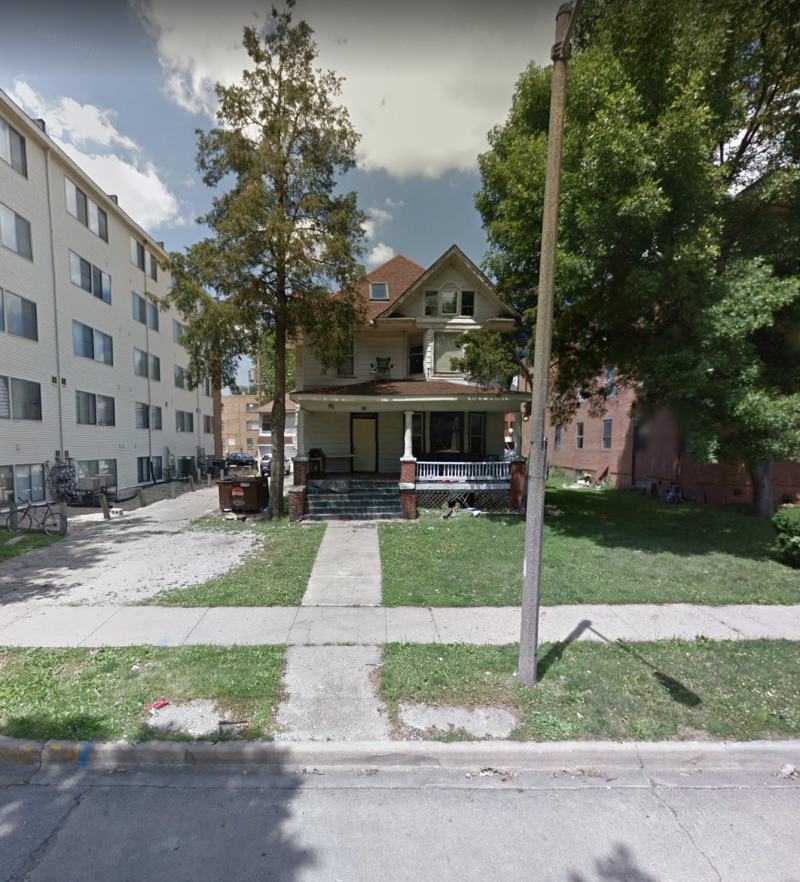
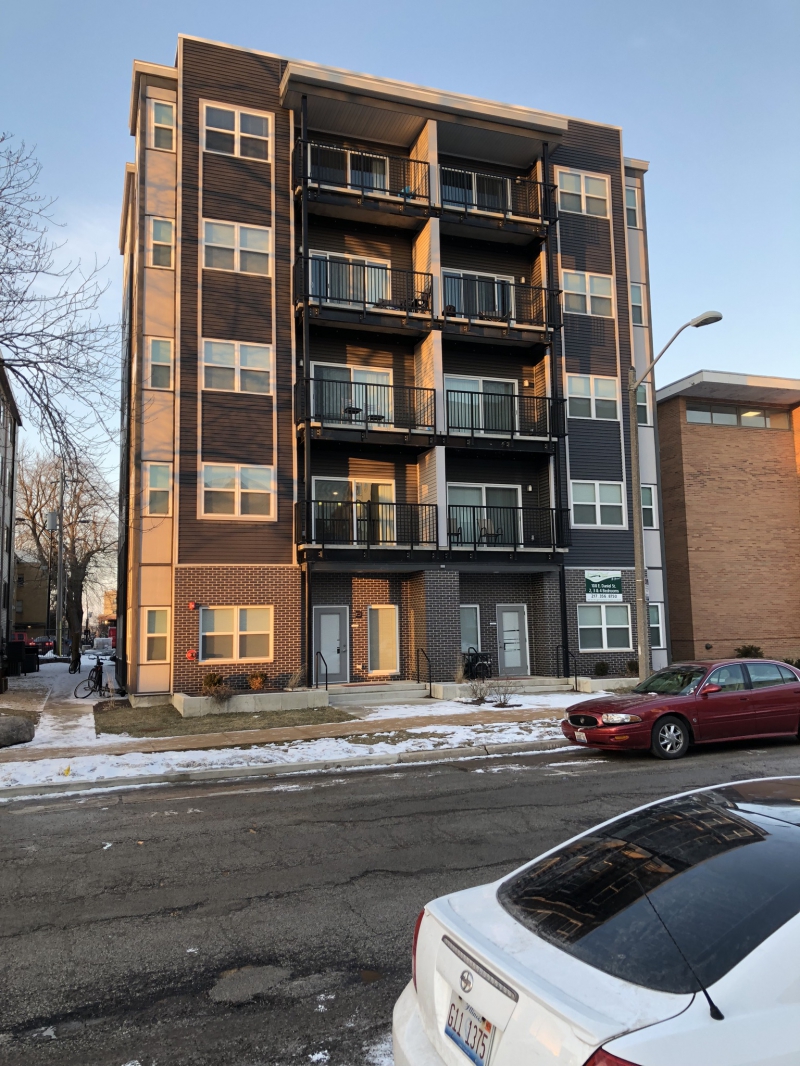 Photo: Andrew Dunham
Photo: Andrew Dunham
The block bound by John Street to the north, Daniel Street to the south, Second Street to the east, and First Street to the west contained a collection of three large older homes, but these have since been demolished for apartment and Greek housing in the past three years. 108 E. Daniel was built in 2017, atop a dilapidated student house built between 1910 and 1915.
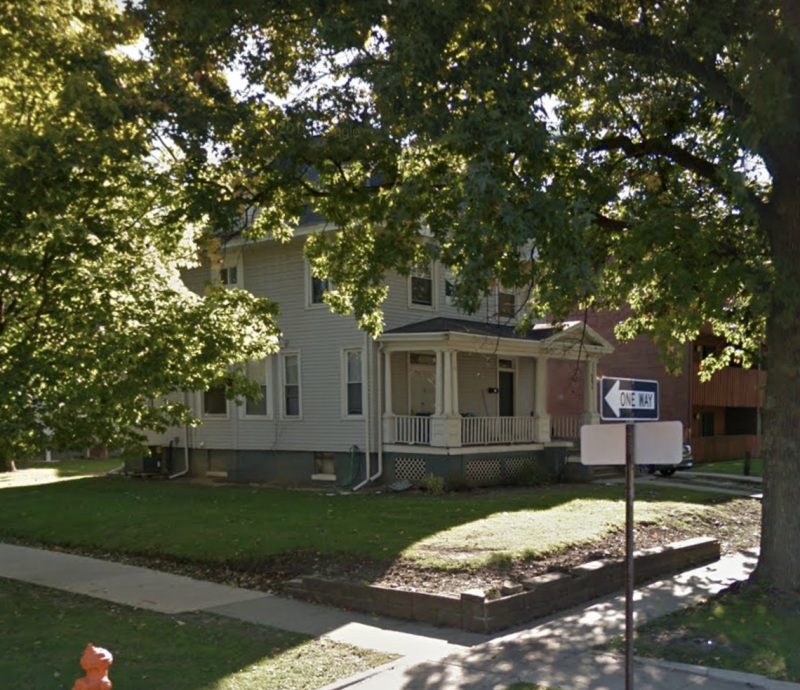
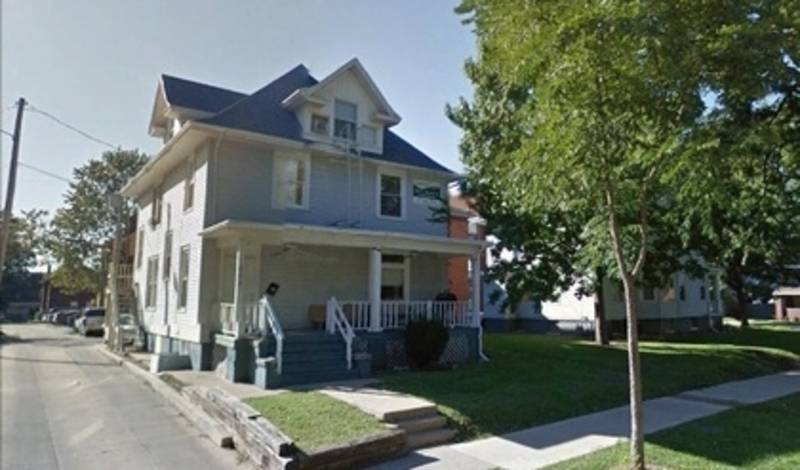
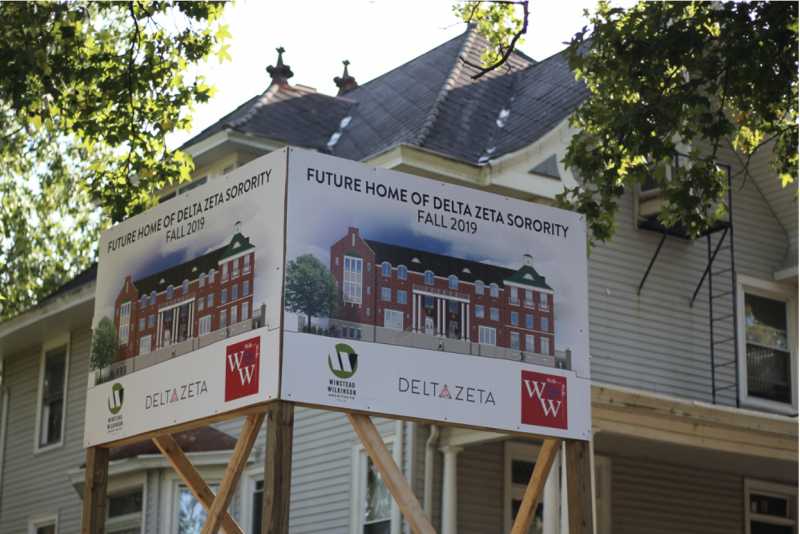
Slightly better preserved were two homes on the corner of Second and John. Also built in the same era, were torn down in 2018 for the construction of a new sorority house. There are a few other older houses within this block, but their appearances have been heavily changed to meet student demand.
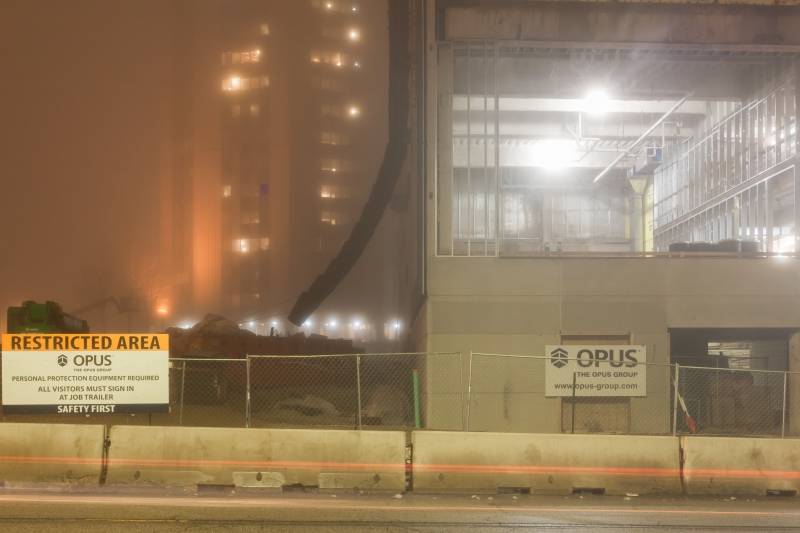 Photo: Brian O’Neill
Photo: Brian O’Neill
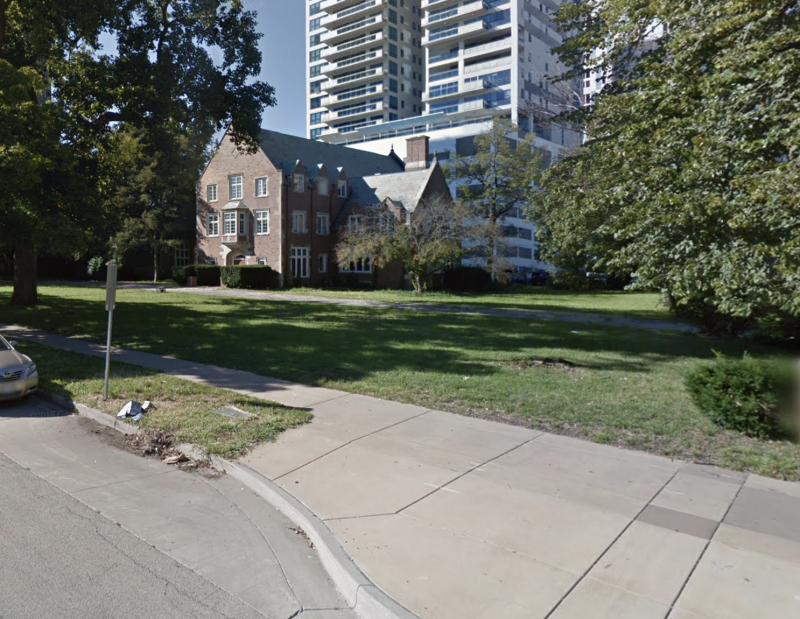
Development of 707 4th Street, which replaced the nationally landmarked Alpha Delta Phi House (built 1925).
Finding historic relics in Campustown
As more students flood into the classroom of UI, developers take note of where they want to live. While the destruction of these buildings may in turn take a little piece of Champaign history away alongside them, it is also important to note that many of these older homes have been seriously neglected or haphazardly altered since their construction, effectively removing or diminishing much of the architectural significance; this begs the question of whether a bland, new apartment or blighted, century-old home is preferable.
There still exist some homes along First and Locust Streets that have not yet been swallowed up for redevelopment, along with clusters of old homes on Healey, Stoughton, White, and Clark between First and Wright Streets. Some storefronts along Green Street show the gables of former homes that have been absorbed into commercial space. As development continues in Campustown, there is no guarantee that these buildings will exist for much longer, but for now they offer a glimpse into an old neighborhood.
Top photo: Brian O’Neill








